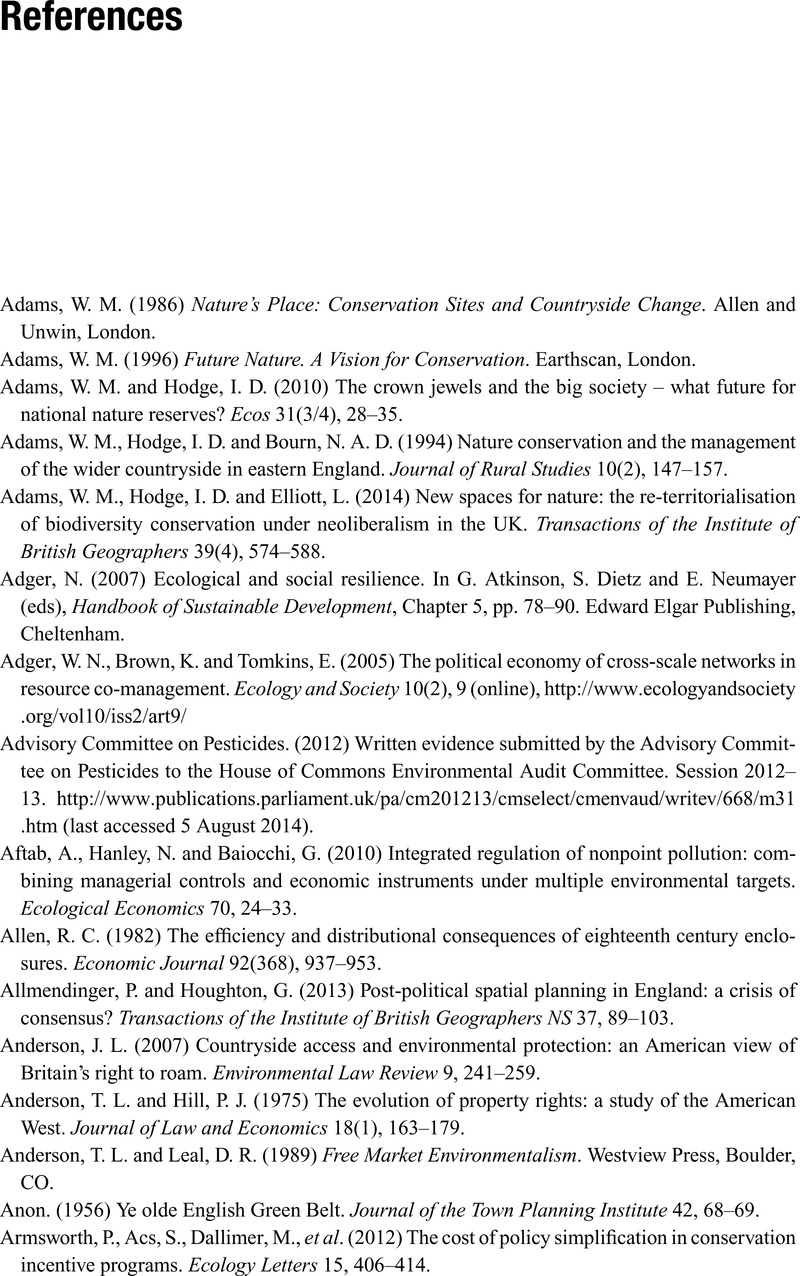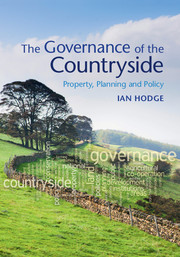References
Published online by Cambridge University Press: 05 February 2016
Summary

- Type
- Chapter
- Information
- The Governance of the CountrysideProperty, Planning and Policy, pp. 356 - 378Publisher: Cambridge University PressPrint publication year: 2016



